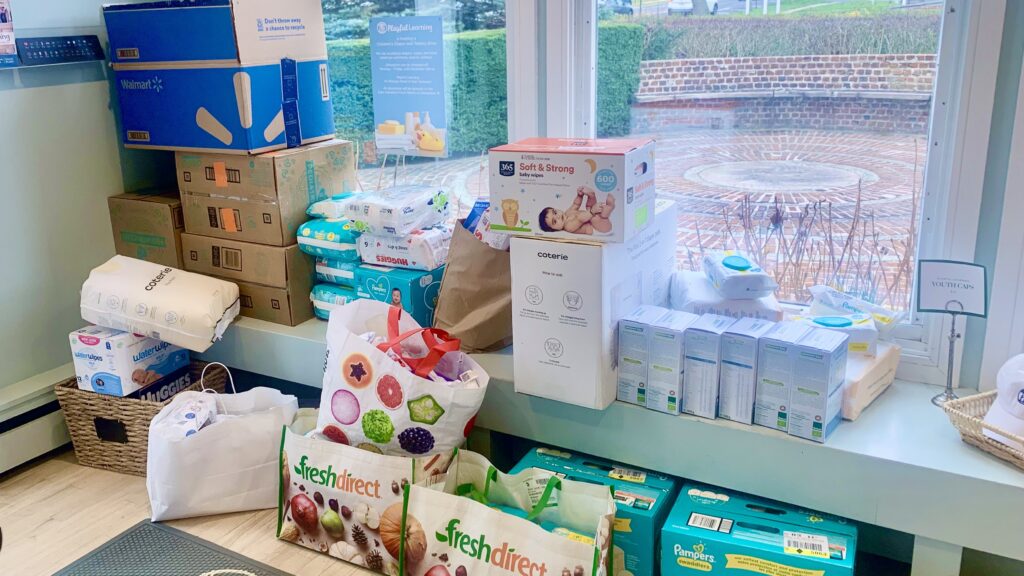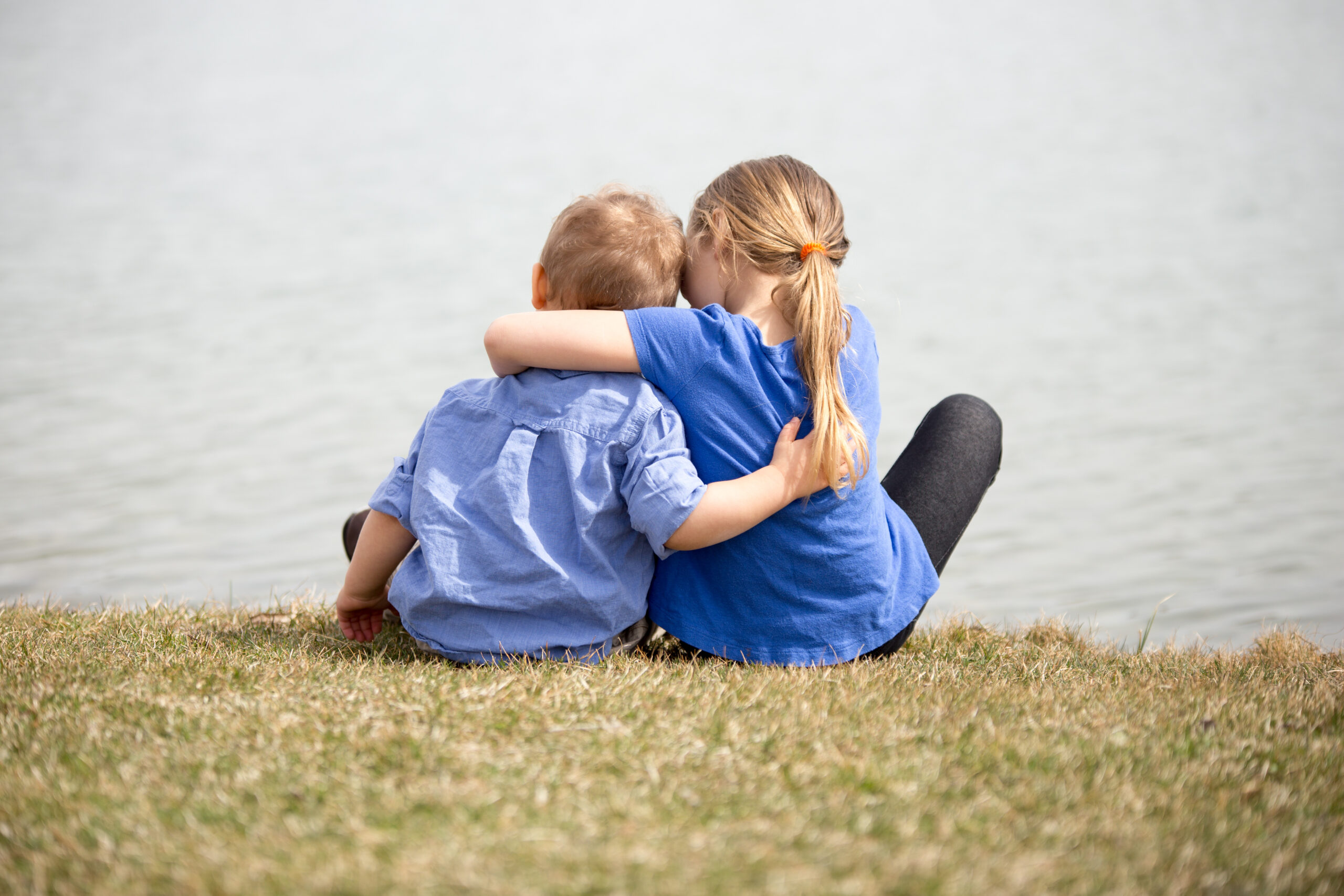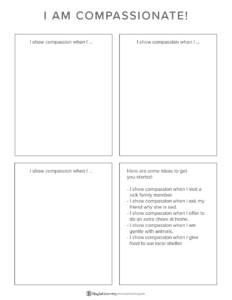Ultimately a great nation is a compassionate nation.
Martin Luther King, Jr.
Raising a compassionate child begins with adults. Learning compassion is no different from learning other social skills; children learn to be compassionate through experience, guidance, and observing compassion in those around them.
Many teachers like to say that they have a “culture of kindness” or a “culture of caring” in their classrooms. Likewise, cultivating a “culture of compassion” at home is a fundamental way to instill compassion in your kids.
To learn compassion, kids must see compassion in action. How can you create a “culture of compassion” in your home or classroom?
Treat children with respect.
Most adults expect others – especially children – to act respectfully. It’s a good expectation to have, but does that street go both ways in your home or classroom? Treating a child with respect simply means to think of him or her as an individual with wants, needs, and feelings.
Say, “please” and “thank you” to children; hug and cuddle them when they are sad; actively listen to them talk about their day or explain issues they’re having in the classroom; apologize if you’ve made a mistake that affects them; ask for their opinions on decisions. Not only do these simple actions show children that they matter, as an adult you are modeling how to treat others with respect.
Encourage empathy and kind behavior.
Whether a child makes an offhand comment about a stranger or is saying something mean to a friend or classmate (including name-calling), it’s okay to point it out and correct that behavior. You can tell a child that her words are unkind, and that’s not how we treat one another. For younger children especially, ask them how they would feel if they were treated the same way or if someone said something similar to them. Would they feel sad? Hurt? Angry? Let children know that how they treat others (and the words they use) matters greatly.
Recognize kind and compassionate behavior.
Focus on positive reinforcement – when you see or hear a child acting in a compassionate way toward others, or when a child makes kind statements about others, acknowledge it! Point it out, and even tell him how proud you are to see and hear those kinds of actions and words. Take it a step further, and point out kind behavior in others. When a friend gives you a present, or a family member gives a compliment, mention those kind actions, too.
Practice the art of gratitude, daily.
Take the time to thank others. Express your own gratitude for what you have, and acknowledge the part that others have played in your life. You can mention your gratitude for the farmer who grew the vegetables that you’re eating for lunch, a friend who asked you to go to a movie, or a stranger who said hello to you on a walk. Help children vocalize what they’re thankful for on a daily basis.
Teaching compassion can be directed and playful, as well. There are many activities and projects that children can take part in which will help them develop and strengthen their kindness muscles. Like anything else, kindness and compassion often take practice!
Volunteer and perform acts of service with children.
Most volunteer opportunities will allow children over the age of 5 or so to participate, depending on the project, and as children get older, there will be a plethora of opportunities available for eager volunteers. With the younger set, you can usually find simple service projects in your area (or create your own – most organizations won’t turn you down should you offer to help) like making no-sew blankets for a children’s hospital or packing lunches for a local shelter. For example, in Columbus, Ohio, an organization called Seeds of Caring is focused specifically on raising the next generation of compassionate and empathetic leaders. And they’re expanding to Indianapolis, Indiana too!
Find an opportunity or make your own, and discuss how your actions have a positive impact. With older children, you can involve them more in choosing a meaningful project – what are they passionate about, and how does that translate to service? Some ideas might be local animal shelters, soup kitchens, or nursing homes.

Involve children in giving to charity.
Together, you can collect cans for a food drive or gather old clothing for a shelter. In the Playful Learning Studio, we host a children’s diaper and toiletry drive each winter for the East Hampton Food Pantry. In the spring, our classrooms create hand-made items and sell them to family and friends at our “World Fair.” All the money we raise goes to local organizations which help the environment.
Don’t forget to follow up these acts with a conversation (even a very brief one) about why you give to others, and why your actions make a difference.
Read about compassion.
Books can be great conversation starters on kindness and acting compassionately, and in the studio we always love to start our explorations with a read aloud. Here are some of our suggestions …
For younger children:
- A Chair for My Mother by Vera Williams
- How to Heal a Broken Wing by Bob Graham
- Hooway for Wodney Wat by Helen Lester
- Stone Soup (various re-tellings)
- We’re All Wonders by R.J. Palacio
For older children:
- The Hundred Dresses by Eleanor Estes
- Loser by Jerry Spinelli
- Wonder by R.J. Palacio
Always take time to reflect.
Download our free printable. Working together, brainstorm the ways in which you show compassion day to day. Then ask children to write and/or draw those ideas in the boxes (take dictation for young children). Older children may be able to offer ideas right away, while younger children may need specific instances pointed out to them, and labeled as compassion in action.
Resources and Inspiration (members only)
I’ve learned that people will forget what you said, people will forget what you did, but people will never forget how you made them feel.
Maya Angelou







